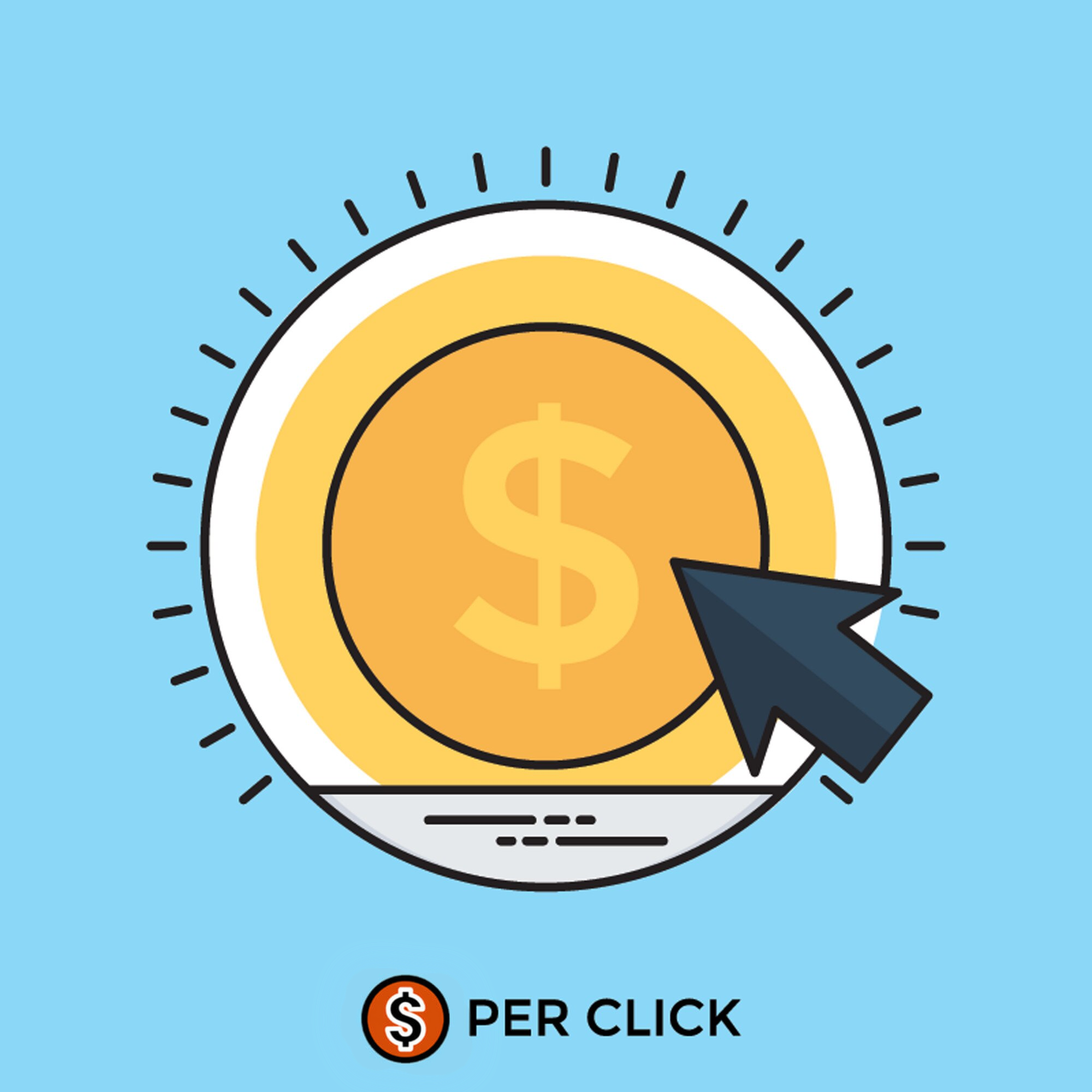Introduction
Cost-per-click (CPC) advertising has matured into a powerful tool for precise customer acquisition. But in 2025, it’s not just about attracting visitors — it’s about attracting the right visitors. With AI-driven bidding, behavior-based targeting, and performance tracking, CPC is now a strategic pillar of digital marketing.
This blog explores how CPC is evolving and how brands can adapt to maximize ROI.
1. The Shift from Generic Bidding to Smart Bidding
What is Smart Bidding?
Smart bidding is an automated bidding strategy that uses machine learning to optimize ad placements in real time. Instead of setting manual bids, you let the platform adjust bids dynamically based on data signals.
Key Signals Used by Smart Bidding:
- User Intent: Platforms analyze search queries and engagement history to understand how likely someone is to convert.
- Device Type: Mobile users may behave differently than desktop users, and smart bidding adjusts accordingly.
- Location & Time of Day: Bids can go higher for users searching near your store or during peak shopping hours.
- Historical Data: Past campaign performance helps the system refine bidding logic for better future results.
Why It Matters
Manual bidding is time-consuming and less precise. Smart bidding increases efficiency and ensures your budget is spent where it’s most likely to convert.
2. CPC Personalization: Targeting the Right Audience
1. Retargeting Website Visitors
This involves showing ads to users who have previously visited your website but didn’t convert. These users are familiar with your brand and are more likely to engage again.
2. Custom Audiences Based on Email Lists
Upload your customer or subscriber email list to platforms like Facebook or Google to target those users directly — or create lookalike audiences based on their behaviors.
3. Lookalike Audiences
These are new users who share similar characteristics (interests, behavior, demographics) with your existing customers, increasing the likelihood of engagement.
4. Tailored Ad Copy & Creatives
Different personas require different messaging. For example:
- Young users might respond to humor or trends.
- Professionals might value efficiency and ROI.
Why It Matters
Personalization reduces ad fatigue, increases relevance, and drives better click-through and conversion rates.

3. Integrating CPC with Performance Marketing Goals
1. Conversion Rate (CR)
Instead of just tracking how many people clicked, measure how many completed an action (purchase, signup, etc.). A high CR means you’re attracting quality traffic.
2. Customer Acquisition Cost (CAC)
Know how much you’re spending to acquire one new customer. If your CPC is low but CAC is high, something’s wrong in the conversion funnel.
3. Lifetime Value (LTV)
Evaluate how much a customer is worth over time. Use this to decide how much you can afford to pay per click.
4. Return on Ad Spend (ROAS)
This shows the revenue earned for every rupee/dollar spent. It’s the ultimate metric for campaign profitability.
Why It Matters
Focusing only on cheap clicks is short-sighted. Track end-to-end performance to build campaigns that deliver actual revenue.
4. The Rise of Voice and Visual CPC Ads
1. Voice Search CPC
As more users search using smart speakers and voice assistants, new ad formats like voice-triggered ads are emerging. You bid on natural language queries, which differ from typed keywords.
2. Shoppable Image Ads
Platforms like Pinterest and Instagram let users shop directly from visual posts. Clicking on product tags within an image takes them to the purchase page.
3. Clickable CTAs in Video
YouTube and TikTok offer interactive ad formats where users can click on embedded CTAs (like “Buy Now” or “Learn More”) during the video itself.
4. Augmented Reality Ads
Brands like IKEA or L’Oréal use AR to let users try products virtually. Clicking within these experiences is counted as a CPC interaction.
Why It Matters
People engage with content differently now. These formats offer immersive experiences and deeper brand interaction.

5. How to Optimize Your CPC Strategy in 2025
1. A/B Testing Ad Variations
Constantly test:
- Different headlines
- CTA buttons
- Images vs. video
This helps identify what resonates best with your audience.
2. Leveraging Remarketing Lists
Create segmented remarketing lists, such as:
- Cart abandoners
- Blog readers
- Past customers
Then show each group customized ads.
3. Geo & Device-Based Targeting
For example:
- Increase bids for users near your physical store.
- Serve lighter ad creatives for mobile users with slower connections.
4. Competitor Strategy Monitoring
Use tools like SEMrush or SpyFu to:
- See what keywords competitors are bidding on
- Compare ad copy and landing pages
Adjust your strategy accordingly.
5. Aligning with Content & SEO
Ensure your ad destination (landing page or blog) is:
- Fast-loading
- Keyword-optimized
- Matched with the user’s search intent
Why It Matters
Optimization isn’t a one-time task — it’s an ongoing process that ensures cost-effectiveness and maximum impact.
Conclusion
The CPC model of 2025 is intelligent, targeted, and results-driven. No longer just about quantity of traffic, it’s about quality of engagement. By adopting smart bidding, personalizing your outreach, integrating with broader KPIs, and exploring new formats like voice and video, you can turn every click into a conversion opportunity.
In a digital world overflowing with noise, making each click count is the difference between marketing that performs and marketing that just exists.





